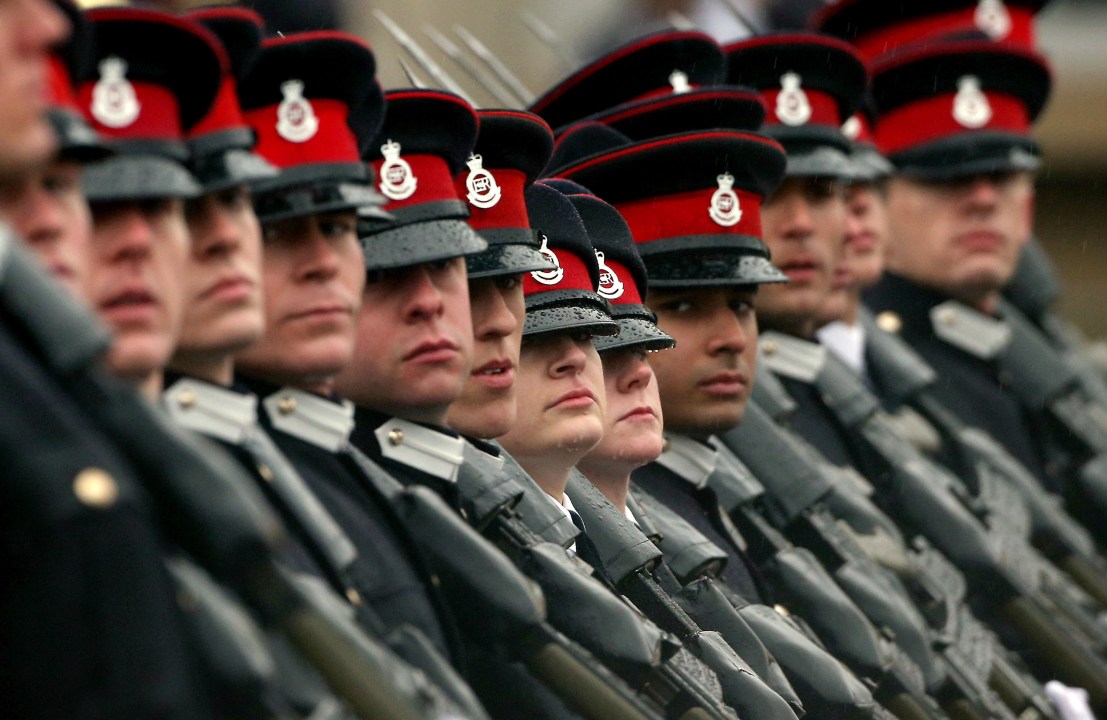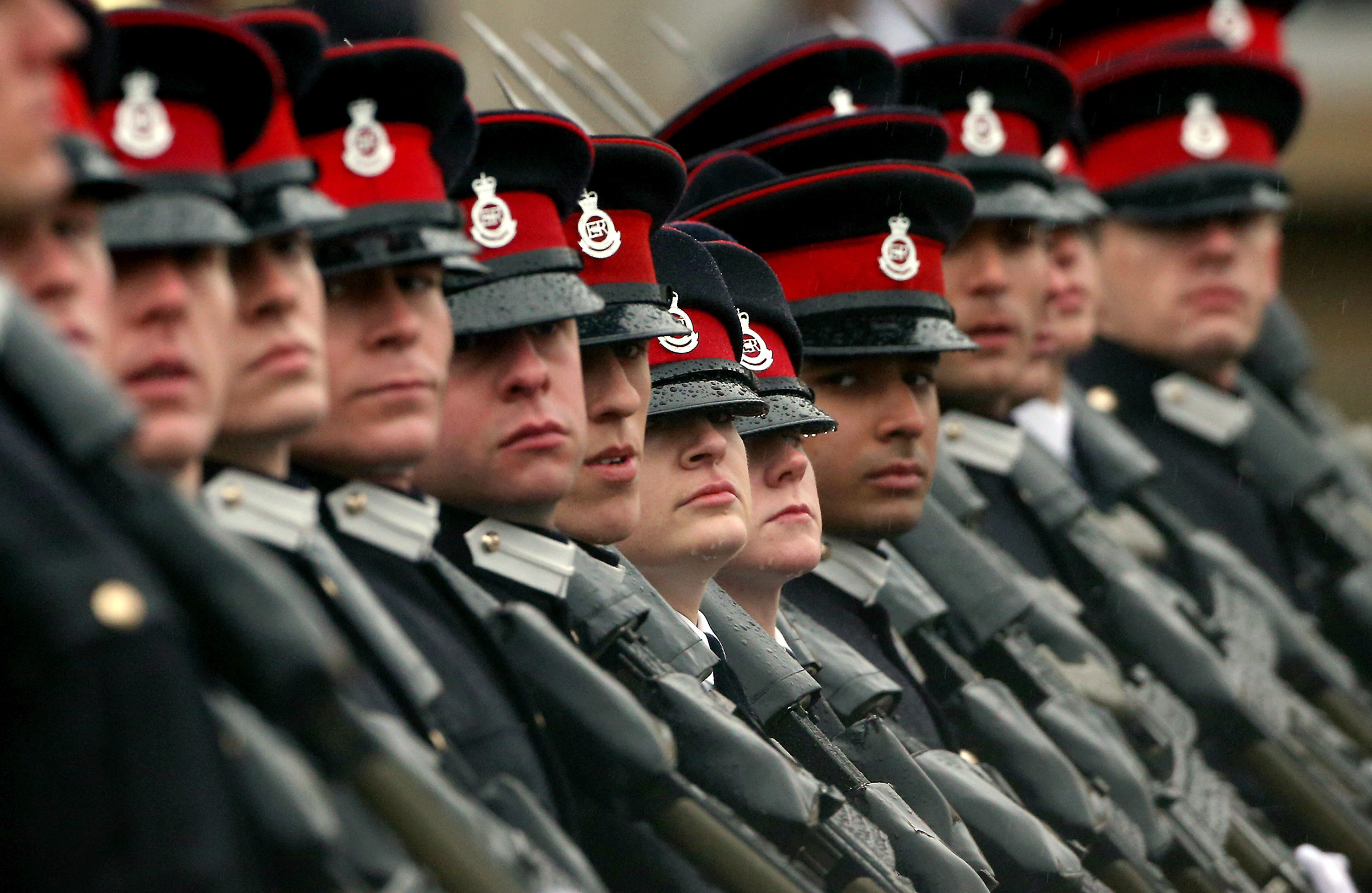An interesting spot, courtesy of the good chaps at Think Defence. From Hansard:
Diana Johnson (Kingston upon Hull North, Labour)
To ask the Secretary of State for Defence what proportion of new recruits to the Army at (a) soldier and (b) officer level previously attended state school.Andrew Robathan (South Leicestershire, Conservative)
The proportion of soldier recruits that had previously attended a state school is not held centrally and could be provided only at disproportionate cost.Including the most recent intake of officer cadets to the Royal Military Academy Sandhurst, in January 2013, 53.5% of the UK educated intake over the last 12 months came from state schools. While the remainder will have come from independent schools, it is possible that some will have attended a state school at an earlier point in their education.
This may not be surprising. Even so, the fact that nearly 50 per cent of army officers still come from the public schools is worth half a raised eyebrow at least. Half the army’s officer corps is drawn from less than 10 per cent of the population.
But this is a matter of incentives and encouragement more than anything else. I don’t know how many Cadet units still remain operational these days. Rather fewer than used to be the case, I imagine. Of those that do, many of them are long-established in the public schools.
I never much cared for the CCF myself. Like the other slackers I joined the RAF section (shirkers joined the Navy, hearties the Army) and only rose as far as Corporal. Nevertheless, all those Wednesday afternoons (to say nothing of compulsory camps) plainly did their job. The CCF exists, after all, to encourage youngsters to consider a career in the military.
And it works! My own school may not have been typical but, if my memory is correct, nearly 10 per cent of the boys in my year joined up as officers. Perhaps my own year group was atypical but I do not recall it being so. The army claimed a handful of recruits every year.
That will happen when you encourage* teenage boys to play soldiers and, simply by giving them the opportunity to do so, encourage them to consider an army career. And so though the percentage of privately-educated cadets at Sandhurst seems high (this being 2012 and all that) it should probably be remembered that a high percentage of public school pupils have the opportunity to play soldiers while (I imagine) a rather lower percentage of state-school kids get that chance. Factor this into consideration and those Sandhurst figures become something closer to what you might expect. (Of course, the figures for the Royal Navy and the RAF may be different.)
There is also, I suppose, a lingering sense of obligation. Or, if not of obligation, then of a tradition to be maintained and this too may have something to do with it.
It’s different in the United States. Since the draft ended (all hail Milton Friedman!), you regularly read articles worrying that too few members of America’s “elites” join the army. I don’t know how significant that is but it’s something that worries some commentators from time to time but is, evidently, not something that could be said about the British army.
Does it matter? Perhaps not. But an interesting factoid anyway.








Comments